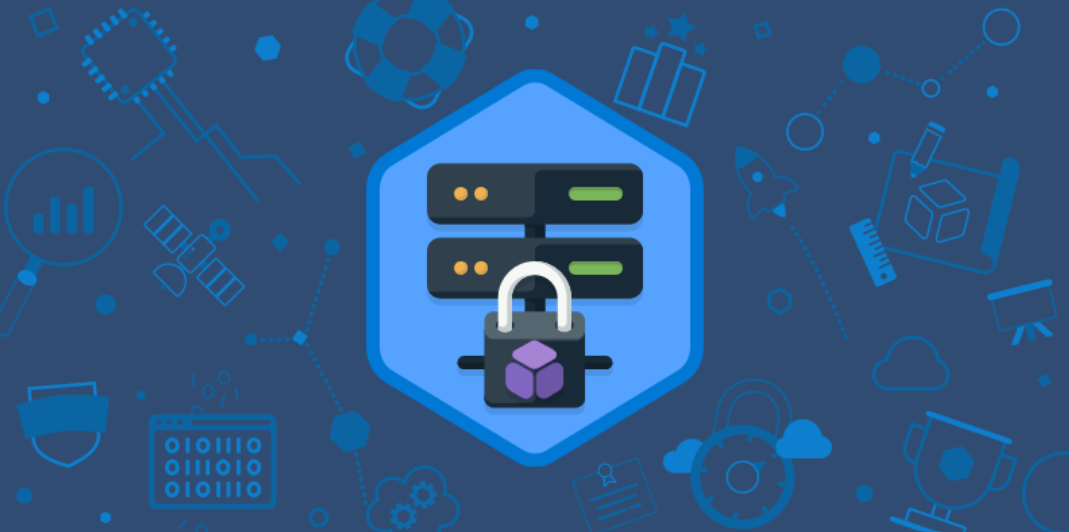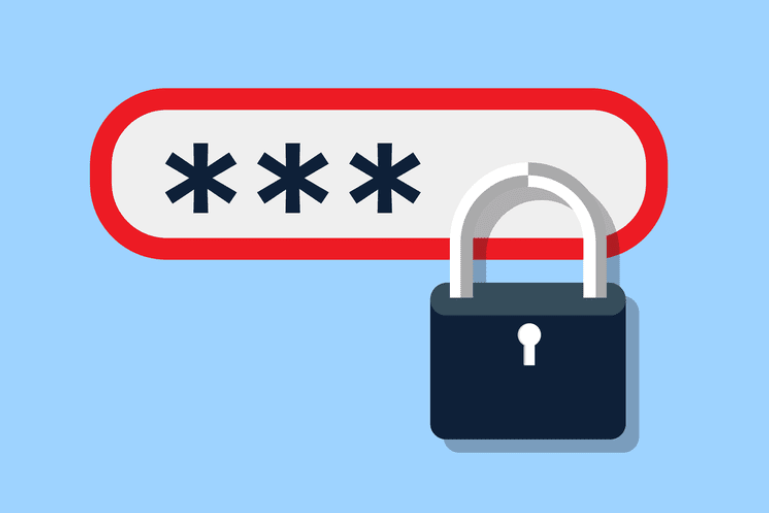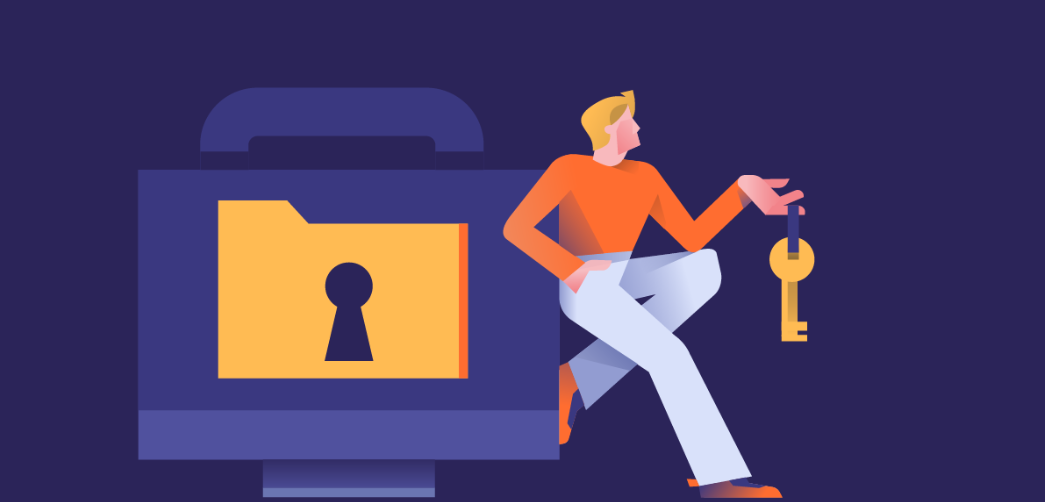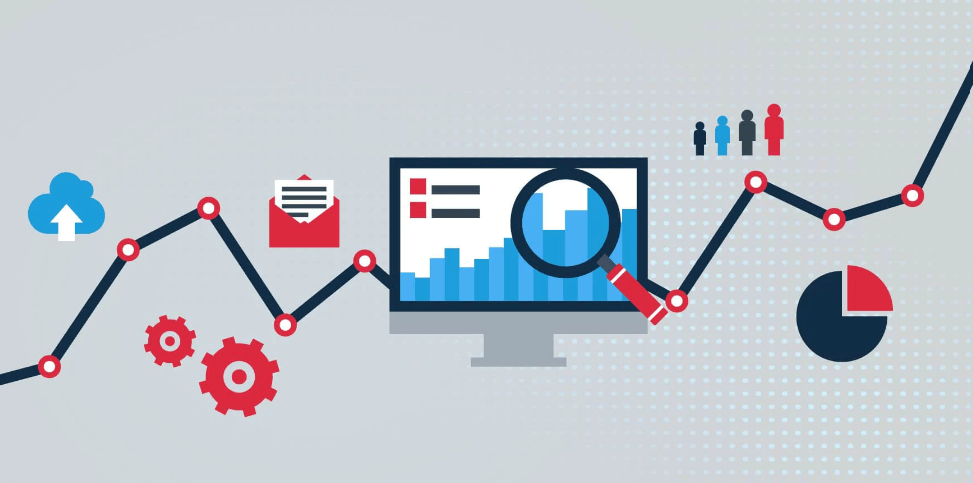Security is becoming all the more critical with the advancement of technology in contemporary society. As with any security threat today, the danger in the information technology world is that cyber threats are ever-evolving and more complex. Following the above-stated tips and guidelines, you will increase the security of your hosting and shy away from attackers accessing your website.
Regularly Update and Patch Your Software
Keeping your hosting environment secure is a continuous process that starts with the foundational step of regularly updating and patching all software components. This ranges from the operating system of the server on which your website is hosted to the software and the services being used on the server, such as web server software, together with any content management systems in use.
Hackers utilize what may be called a weakness, which is a known vulnerability in a piece of software, to either infiltrate the system or stage a disruption. When you remain informed of the updates and patches, you effectively eliminate these points of vulnerability, making it much more difficult for intruders to access your system. It’s not just about reacting to known threats; proactive updating can sometimes preemptively neutralize vulnerabilities before they are exploited in the wild.
Make it a habit to monitor for software updates and apply them as soon as they are released, prioritizing critical security patches. This straightforward yet critical practice is a cornerstone of a resilient security posture, ensuring your hosting environment remains a tough nut for cyber threats to crack.
Implement Strong Password Policies
Crafting strong password policies is a critical defense against unauthorized access attempts on your hosting environment. It’s essential to mandate the creation of passwords that defy simple guesses or automated brute-force attacks. Such passwords should blend uppercase and lowercase letters, numbers, and symbols, making them complex enough to thwart easy decryption attempts.
The policy of passwords being changed often also adds another level of security as the time during which the compromised password can be used is reduced drastically. Further on, multi-factor authentication (MFA) is used to strengthen security because even if the password is outdated or malicious users got to it, the latter cannot get through as they do not have the second factor of protection.
This approach reduces the chances of a cyber-attack by a large measure and protects your hosting environment from would-be hackers. It is also equally important to ensure that users use distinct passwords for each service to reduce the impact of one password being breached that gives a pass to corresponding services.
Utilize Secure Hosting Providers
Selecting the right hosting provider is a pivotal step in fortifying the security of your hosting environment. It is essential to opt for providers that are not only reputable but also integrate advanced security features within their services. Such features may include but are not limited to modern firewalls, intrusion detection and prevention programs and protocols, and security audits.
They must undertake security audits from time to time to realize the security measures within the organization. Besides, it is fundamental that the provider that you select is protective of user data and meets the legal requirements on the privacy of such data that is required of such service providers in the current world.
Security is a worthwhile feature that can be used to reduce the occurrences of breaches and cyber-attacks within a provider’s environment; the importance of security with regards to hosting cannot therefore be gainsaid. In addition, the kind of security that a hosting provider has to offer implies that one can always enhance safety when the website is growing, which in return enhances the site’s protection from potential dangers.
Regular Backups to Prevent Data Loss
A robust security strategy’s cornerstone includes implementing a comprehensive backup regimen. The unpredictability of cyberattacks, coupled with potential physical failures and human errors, necessitates a fail-safe in the form of regular and systematic backups. The enterprises should cover all the files of the website, as well as databases and vital configurations, to have a good recovery potential.
Offline backups for these sites are better kept somewhere off-site to mitigate risks specific to the area where your host is located. By scheduling these backups to occur automatically, you minimize the risk of data loss due to oversight or procrastination.
Furthermore, one has to ensure that a backup recovery procedure is performed regularly to ensure data can be restored quickly in case of an emergency. It is a preventive measure that guarantees the safekeeping of your data while at the same time availing business operations in case of any digital uprisings.
Employ Web Application Firewalls (WAF)
The use of WAF as a strategy for protecting your sites from cyber threats is critical in the removal of any layer of attack. WAFs work on inspecting and rushing the traffic coming to your website, which is very helpful regarding dangerous requests. At this level, protection is very important to counter attacks such as SQL injection attacks, cross-site scripting, and DDoS attacks that have a huge negative impact on the confidentiality, integrity, and availability of the services that are hosted on the internet.
WAFs are best placed not only to mitigate known, bad traffic but also to escalate to a level that can prevent unknown attacks as the security rules are continually updated. This makes it possible for your hosting environment to stay defended in opposition to brand-new risks and approaches of invasions. Also, using WAF enables you to add company-specific rules, which supplement your arsenal against threats distinctive to the given website.
Apart from the wall-like function, WAFs are also used to find and cover security vulnerabilities in web applications. They are; attempted attacks and traffic analysis, making it easier to get a preview of how the attacker might start with your applications and enabling the flaw to be corrected in good time. This guarantees that your hosting environment cannot be invaded and proactively positions itself for the following invasion by stepping up on the defense mechanisms.
Monitor and Log All Activities
Vigilantly overseeing and documenting every activity within your hosting setup is indispensable for the early detection of anomalies and swift action against potential security incidents. This process includes monitoring the network traffic, studying user patterns, and keeping records of system logs. Through this process, any peculiar trends or actions that may reduce the likelihood of a violation or an attempt at a break-in can be detected on the spot.
Carrying out effective logging procedures is made possible by the integration of complex logging activities. Besides the basic knowledge of the strategies used by the hackers during their operations, it helps one expand on other related security breaches. This intelligence is very crucial in boosting immunity and ensuring that such an occurrence is not experienced in the future.
Both active monitoring and logging are not only limited to the act of identifying problems when they occur but are also a large part of the ongoing assessment and improvement of the security posture. By observing a hosting environment over a considerable period, one can gather additional valuable data concerning how the environment is targeted and used and make proper improvements to the security measures.
This surveillance in advance plays an important role in building a strong and adaptive security strategy that your hosting should be equipped with to counter these ever-emerging threats.
Secure File Permissions and Directories
Correctly managing file permissions and directories is crucial in fortifying your hosting security. This step ensures that sensitive information and the system’s capabilities cannot be accessed by a different user. Periodic culls should also be conducted on the file and directory permissions for the organization to correct unattended oversights that may lead to the exposure of sensitive information.
Establish a strict protocol for setting permissions, adhering to the principle of least privilege—this means granting users only the access levels they need to perform their job functions, nothing more. It reduces the instance of an enemy taking advantage of a vulnerable open door to instigate an attack or steal information.
Further, Directory flodering means setting the servers not to list directory content, and it also means that to prevent undesirable uploads from becoming pathways to Malware, folders for uploading have to be protected correctly. When you ensure the rights to access and safeguard directories, the general environment within the host becomes less vulnerable and a strong barrier that the intruders have to overcome to gain unlawful access to the data.
Educate Your Team on Security Best Practices
Pre-equipping your workers with information on how to protect your company from internet fraudsters is one of the most vital plans you can use to strengthen the security of your hosting. It is important that special training should be conducted and some of them include how to identify phishing scams, learning more about the social engineering methodology, and how password protection should be performed. In addition, creating a culture that makes the team members feel free and holds the organization responsible for reporting any suspicious activities or signs of security-compromising events is essential.
This way, interactive workshops, and constant security newsletters can keep the team active and knowledgeable about the most potent cyber threats and protective methods. While contemplating the possibility of the application of real-life examples as well as simulation exercises into a dissection of these security rudiments, it is possible to underscore that it shall go a long way in understanding and retaining the principles in question. Moreover, instilling a sense of collective responsibility toward the organization’s digital safety can motivate individuals to adhere to security guidelines diligently.
Another measure, however, is that, from time to time, the team’s knowledge of security matters is checked. This could include tests, role plays, or even mock computer phishing to check their awareness. The results of these assessments can be written with further remarks to detect which aspects need more focus during the following training sessions.
Apart from formal and specific training, there are exercises like offering security checklists, quick-reference guides, and online courses that can also educate the team on security matters. In this way, cybersecurity is embedded into the organizational DNA, and to explain a company’s mission, vision, and values integration is not only about maintaining secure hosting conditions for the online environment, but it also provides the team members with the tools for active participation in cybersecurity measurements.




